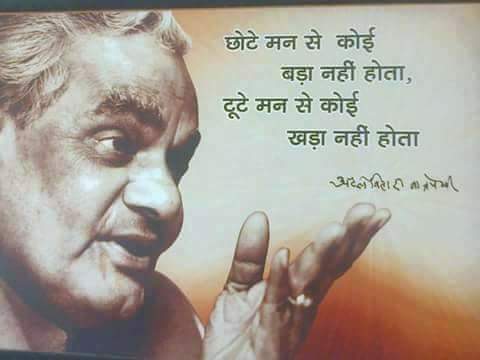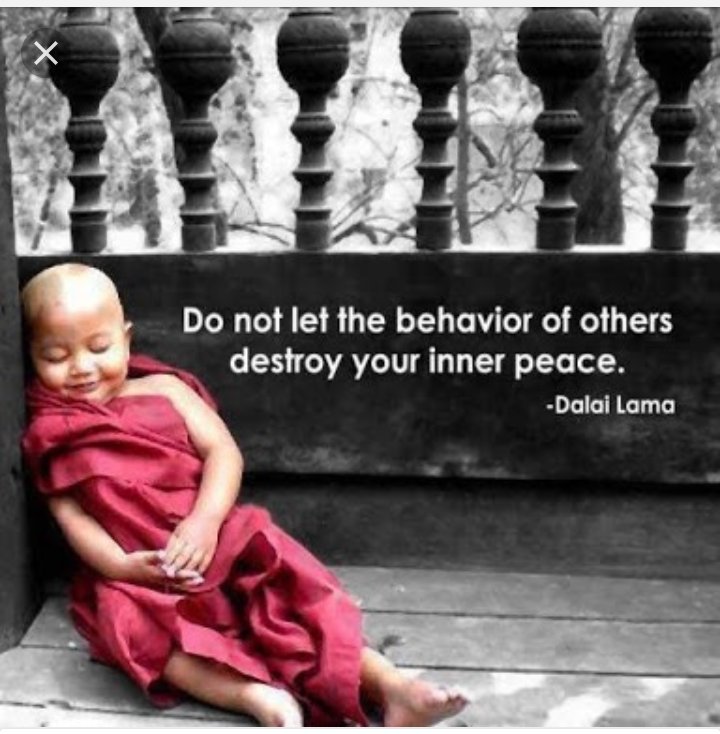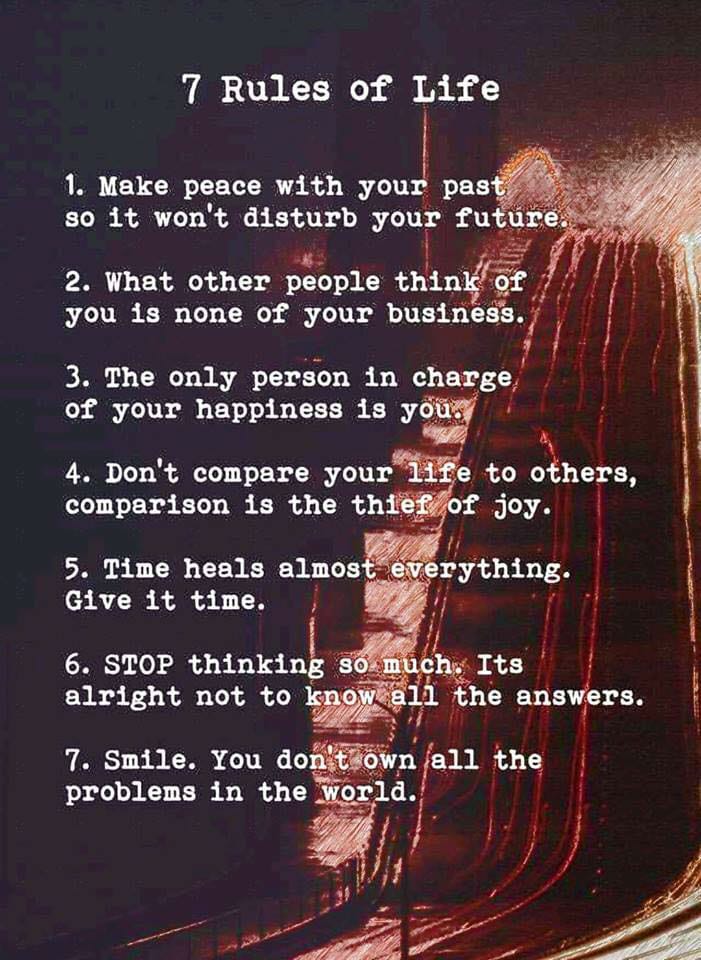Awareness: The Essence of Meditation
As Mingyur Rinpoche often says, awareness is the essence of meditation. What he means is that practicing meditation is a process of exploring the heart and mind, of fully experiencing the richness of awareness itself.
As Mingyur Rinpoche often says, awareness is the essence of meditation. What he means is that practicing meditation is a process of exploring the heart and mind, of fully experiencing the richness of awareness itself.
This implies that meditation is not meant to eliminate the things we don’t like about ourselves, or even to become “better” people. Meditation helps us to see that we are already whole and complete. It is a practical tool that enables us to get in touch with our true nature.
The path of meditation unfolds in two stages: We begin by recognizing that the nature of awareness is fundamentally good and pure, and that it is the source of true and lasting happiness. Once we have directly experienced the basic goodness of awareness,
the path of meditation then consists of nurturing this recognition and allowing the qualities of awareness to manifest fully.
The path of meditation can thus be summed up in these two aspects: recognizing our true nature and nurturing this recognition
The path of meditation can thus be summed up in these two aspects: recognizing our true nature and nurturing this recognition
until it becomes a living experience throughout our lives.
The third option: Making Friends with Difficult Emotions
When we encounter challenging situations and painful emotions, we typically respond one of two ways:
The third option: Making Friends with Difficult Emotions
When we encounter challenging situations and painful emotions, we typically respond one of two ways:
In the first case, we identify with our feeling and believe what it tells us. Mingyur Rinpoche calls this the “Yes sir!” response. In 2nd case, we resist the emotion and try to push it away, and perhaps even repress it to the point where it fades from our conscious experience.
This is what Rinpoche calls the “Hey, get out!” response. Both of these responses keep us locked in a cycle of dissatisfaction and suffering.
Meditation gives us a third option, in which we use painful feelings as supports for awareness.
Meditation gives us a third option, in which we use painful feelings as supports for awareness.
This approach undermines the resistance we often feel toward difficult feelings. At first, it may feel like there is a bit of space between you and the emotion, or like you are learning to be with the emotion rather than become the emotion.
This may not feel all that pleasant at the beginning, but eventually we can even learn to embrace and appreciate these feelings as natural expressions of awareness.
Everyday Life as Meditation Practice
In the same way that we can use painful feelings and emotions as
Everyday Life as Meditation Practice
In the same way that we can use painful feelings and emotions as
support for awareness, we can also use our everyday experiences, even the most mundane details of our lives, as opportunities to deepen our practice. Everything that manifests in the present moment can be used as a support for awareness.
We can meditate with the sound of a ringing phone, with the sensations of our body as we sit at our desk or walk down the street, and with all the imagery that displays itself as we go about our day. The beauty of this practice is that nothing is an obstacle to meditation.

 Read on Twitter
Read on Twitter









